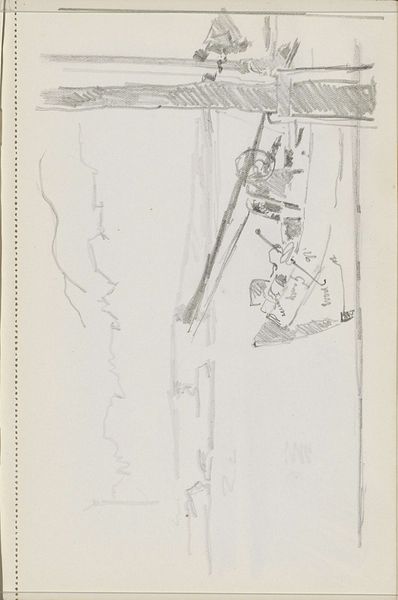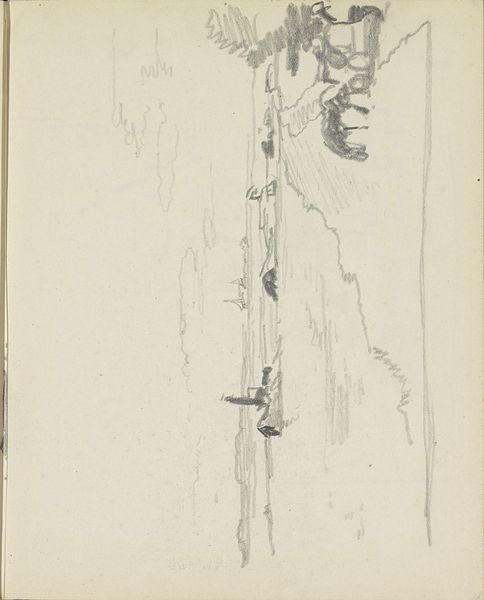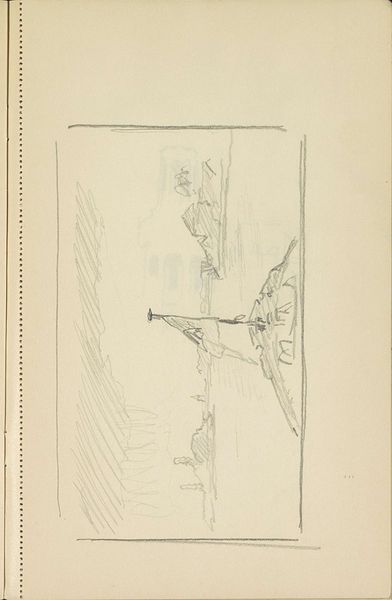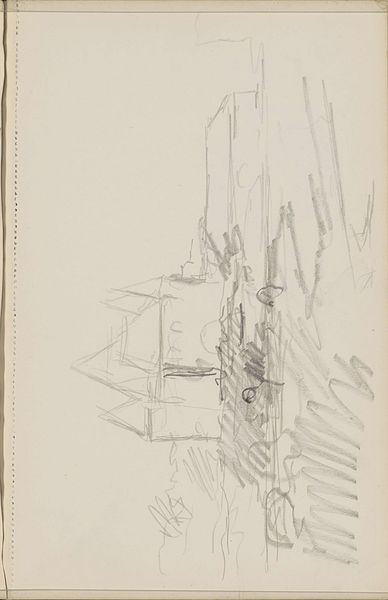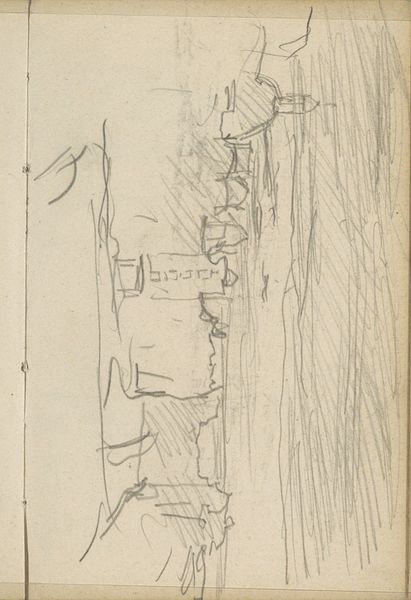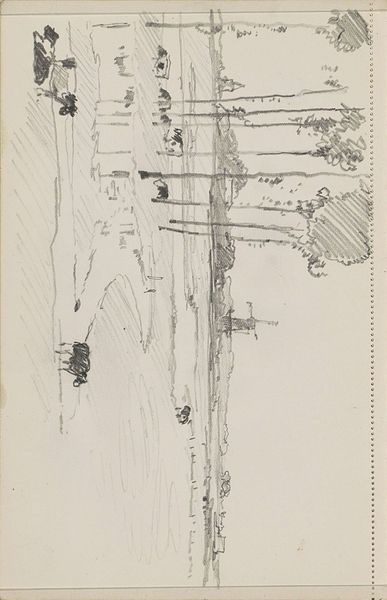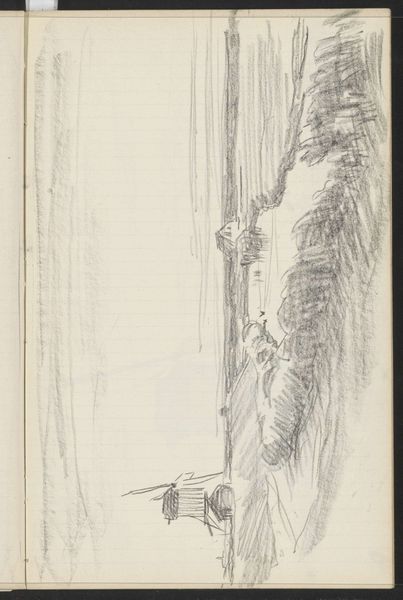
drawing, pencil
#
drawing
#
ink drawing
#
landscape
#
pencil
#
realism
Copyright: Rijks Museum: Open Domain
Cornelis Vreedenburgh rendered this mountain landscape with water using graphite on paper, a humble yet versatile medium for capturing the essence of the natural world. The inherent qualities of graphite – its soft, malleable texture and ability to create a range of tonal values – allow Vreedenburgh to convey the ruggedness of the landscape and the fluidity of the water. The artist likely employed techniques of hatching and cross-hatching to build up the forms, adding depth and dimension to the composition. The pressure applied to the graphite creates darker tones, while lighter strokes suggest highlights and atmospheric perspective. The amount of labor involved in the production process is evident in the meticulous rendering of details, from the rocky terrain to the reflections on the water's surface. This reflects a commitment to craft and a desire to capture the essence of the landscape through careful observation and skillful execution. Ultimately, understanding the materials and making of this drawing enhances our appreciation of Vreedenburgh's artistic vision, challenging traditional distinctions between fine art and craft.
Comments
No comments
Be the first to comment and join the conversation on the ultimate creative platform.
